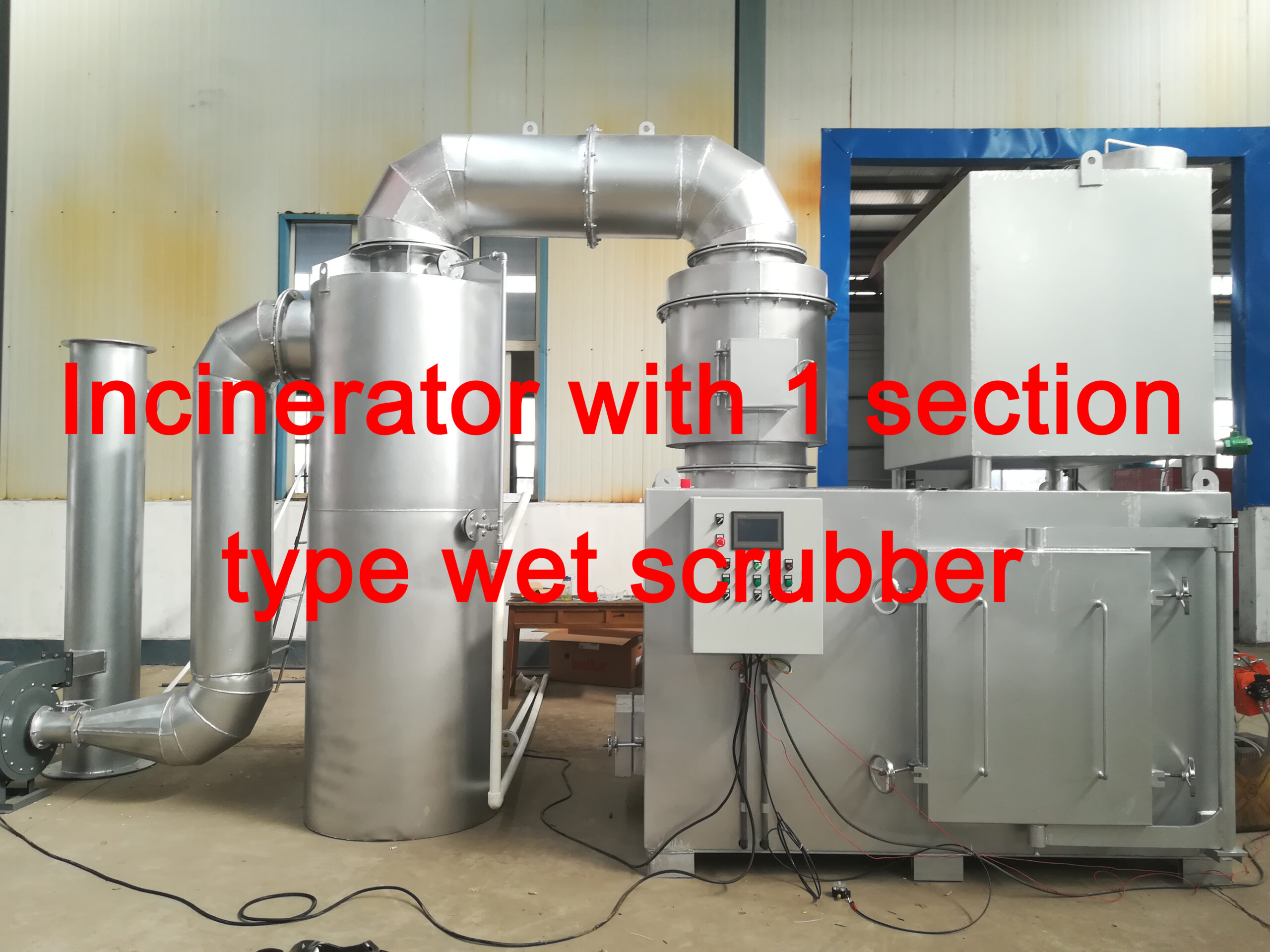Waste to energy plants are becoming increasingly popular as the world seeks out alternative sources of energy and looks for ways to reduce waste. This presents a golden opportunity for entrepreneurs looking to enter the waste management and energy production industry. If you’re intrigued by the idea of profiting from waste, then this ultimate guide to a successful waste to energy plant business plan is for you.
Step 1: Research and Planning
The first step in starting a waste to energy plant business is conducting thorough research into the industry. This includes understanding the different technologies and processes involved in converting waste into energy, as well as familiarizing yourself with the regulatory requirements and environmental standards that govern waste management and energy production.
Once you have a good grasp of the industry, the next step is to develop a solid business plan. This plan should outline your company’s mission and goals, as well as its market analysis, competitive analysis, and operations plan. It should also include a financial plan that identifies the funding required to start and operate the business, as well as revenue projections and profitability forecasts.
Step 2: Securing Funding and Permits
Starting a waste to energy plant requires a significant amount of capital investment, so securing funding is crucial. This can be done through a combination of personal savings, bank loans, private investors, and government grants or incentives. Additionally, obtaining the necessary permits and licenses from local, state, and federal authorities is essential to ensure compliance with environmental regulations.
Step 3: Choosing the Right Location and Technology
The success of a waste to energy plant largely depends on its location and the technology used to convert waste into energy. It’s important to select a site that is in close proximity to sources of waste and has the necessary infrastructure to support the plant’s operations. Additionally, choosing the right technology is critical to ensure the efficient and cost-effective conversion of waste into energy.
Step 4: Implementing Sustainable Operations
Sustainability is a key consideration for waste to energy plants, as they have the potential to significantly reduce greenhouse gas emissions and alleviate the strain on landfills. Implementing sustainable operations involves optimizing energy and resource usage, minimizing emissions and waste, and ensuring that the plant complies with environmental standards and regulations.
Step 5: Marketing and Sales Strategy
Once your waste to energy plant is up and running, it’s important to develop a comprehensive marketing and sales strategy to attract customers and generate revenue. This may involve partnering with waste management companies, utility providers, and government agencies, as well as promoting the environmental and cost-saving benefits of your energy production services.
In conclusion, starting a waste to energy plant business can be a lucrative venture for those who are willing to invest the time, effort, and resources required to succeed in this burgeoning industry. By following these steps and developing a strategic business plan, entrepreneurs can profit from waste and contribute to a more sustainable and efficient energy future.



